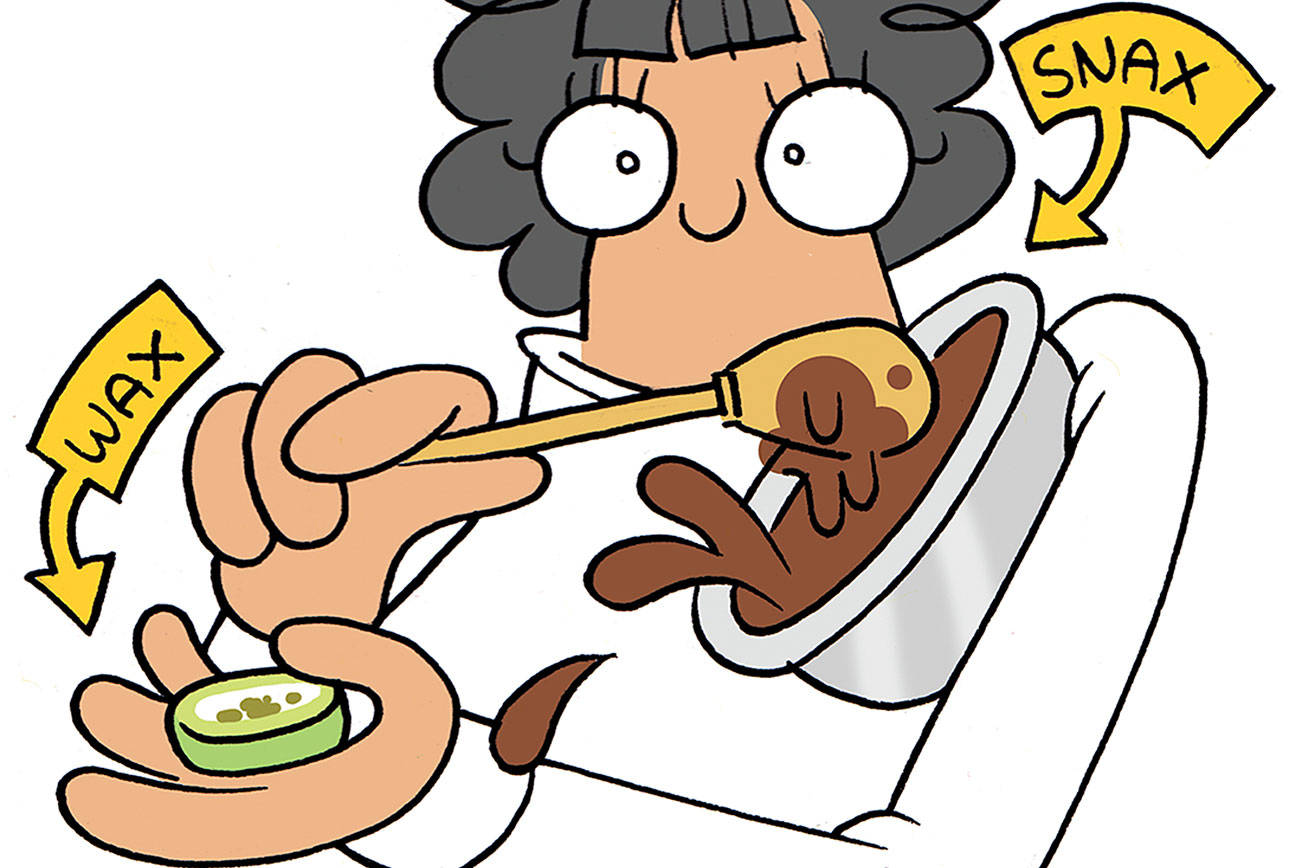In the first two parts of my exploration of concentrates, I told you all about hash, kief, butter, and other simple concentrates that nearly anyone can make in their own home with relatively few tools. This week we step up to the next level, RSO and QWISO. The unifying feature of this generation of concentrates: solvents.
First, RSO. About 15 years ago, a Canadian named Rick Simpson made headlines with a claim that he had cured his skin cancer with a concentrated cannabis oil that he had made himself, using fairly simple tools. Simpson made the recipe public, and a new era of concentrates was born—the era of solvents.
What was so special about Simpson’s process was that no one had been able to extract as much THC and CBD out of plant material before, nor so consistently. Also, it was highly concentrated. People were getting unbelievably high from a tiny smidgen of pot oil. But more important, people were getting relief from intense pain, nausea, and other medical ailments. And, according to Simpson and other users, some people were actually curing their diseases.
So if the method is so effective, why isn’t everyone using it? Well, for one, you need some pretty funky chemicals. Following Simpson’s advice, the home cook is instructed to soak their plant material in naphtha, a highly flammable liquid usually made from natural gas or petroleum products (though it can also be made from peat). It’s carcinogenic, and can irritate the lungs and eyes; working with it can be dangerous. After soaking, the highly flammable liquid must be heated until it all evaporates, leaving behind the potent goo that people call RSO (Rick Simpson Oil). This method is one of the more notorious, known for blowing up houses when the gases aren’t properly ventilated.
The other method from this era is called QWISO, or Quick Wash Isopropyl Oil; the main ingredient is isopropyl alcohol or Everclear. The plant material needs to be soaked for only 20 to 30 seconds to extract 80 percent or more of its cannabinoids before it’s filtered out. Soaked longer, the chlorophyll and other waxes in the plant will begin to break down, making for a harsher smoke. Looking at your washed weed under a microscope will reveal that the alcohol has stripped the heads off the trichomes, those cool little hairs where all our cannabinoids are found.
The very safest method is to then take your weed-infused alcohol, pour it into a flat dish, aim a fan at it, and let the alcohol simply evaporate. Then scrape up the remaining goo and enjoy. Pro cooks will create a double-boiler setup to gently heat the alcohol to encourage faster evaporation—but here too, ventilation is key to not blowing yourself up.
Thanks to a generous friend’s birthday present, I had the opportunity to try RSO, and let me tell you, it lived up to almost all the hype.When I ate it, I felt no physical pain, and had plenty of energy and generally felt great. When I smoked it, I was unstoppable at MarioKart 64. At least that’s how I remember it. n MEAGAN ANGUS
stashbox@seattleweekly.com







